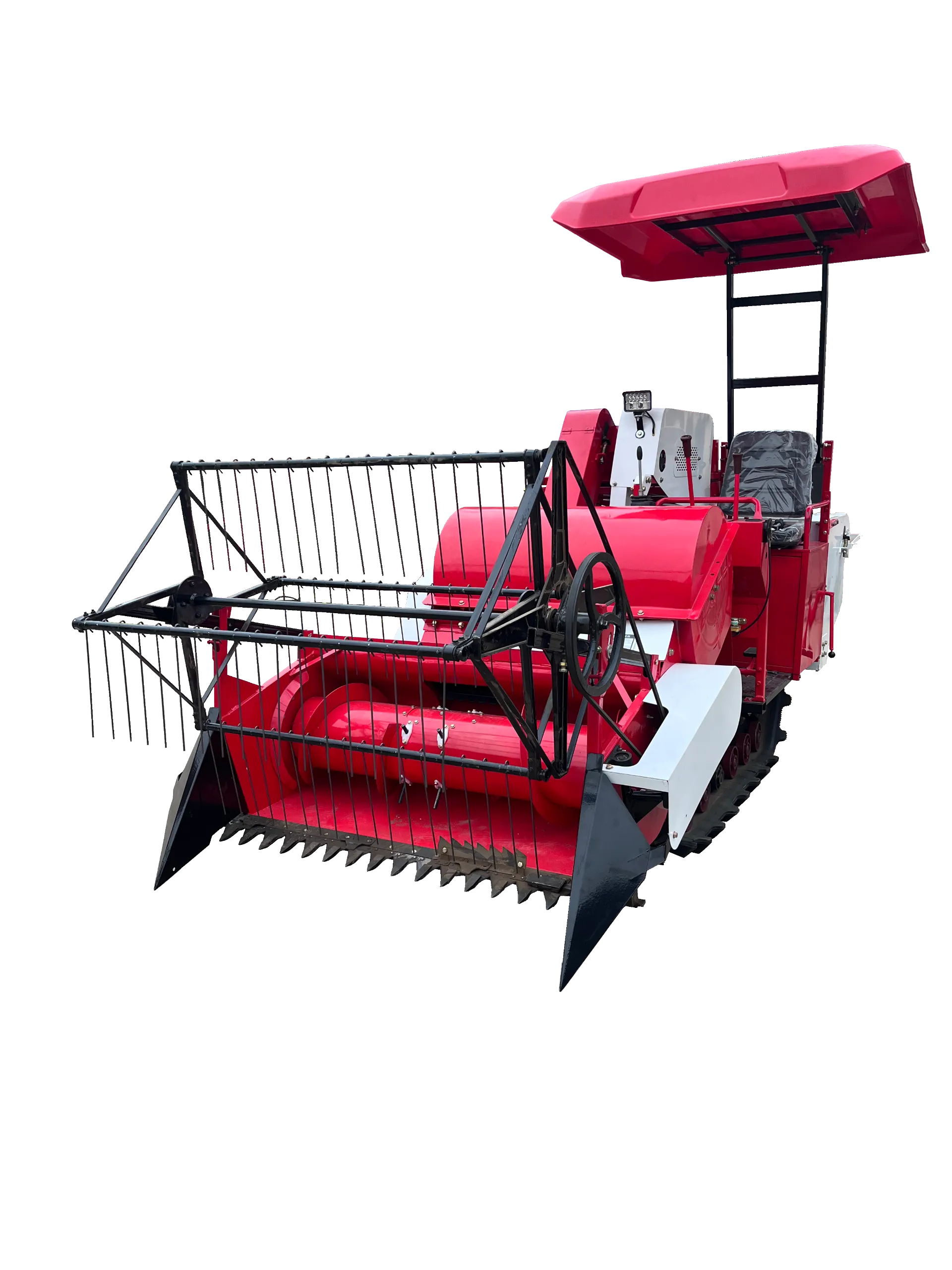Rice Binder Machinery for Efficient Paddy Harvesting and Processing Solutions
The Role of Paddy Binder Machines in Modern Agriculture
In the ever-evolving world of agriculture, technological advancements play a vital role in enhancing productivity and efficiency. Among these innovations, the paddy binder machine stands out as a crucial tool in the rice farming sector. This equipment has transformed the way paddy is harvested and processed, ultimately contributing to the enhancement of rice production and the livelihoods of farmers.
Understanding the Paddy Binder Machine
A paddy binder machine, sometimes referred to simply as a binder, is a specialized agricultural implement designed to harvest and bundle paddy, or unhusked rice. The machine operates by cutting the rice stalks at their base, gathering them, and then binding them into manageable bundles for easy transportation and further processing. Early methods of paddy harvesting were labor-intensive, requiring numerous workers to cut and bind the stalks by hand. The introduction of the paddy binder machine has significantly reduced labor needs and increased the speed of the harvesting process.
Features and Operation
Modern paddy binder machines come equipped with a variety of features aimed at improving functionality and ease of use. Most machines are powered by diesel or gasoline engines, making them suitable for various terrains often found in rice fields. Additionally, they are designed to be user-friendly, allowing operators with minimal training to become proficient quickly.
The operation of a paddy binder typically involves several steps. First, the machine cuts the paddy stalks using sharp blades, then it gathers the cut stalks and binds them using twine or string. This complete process can be performed in a fraction of the time compared to traditional hand-harvesting methods. Furthermore, many modern binders are designed to be adjustable, allowing farmers to modify the cutting height according to the specific rice variety being harvested.
Benefits of Using Paddy Binder Machines
paddy binder machine

The adoption of paddy binder machines comes with numerous advantages. One of the greatest benefits is the significant reduction in labor costs. Harvesting rice by hand can require substantial labor hours; however, with a paddy binder, one machine can do the work of several workers, allowing farmers to save both time and money.
Efficiency is another significant benefit. The speed at which paddy binders operate means that farmers can harvest larger areas of rice in a shorter period, which is particularly advantageous during the critical harvest season when weather conditions can be unpredictable. The timely harvesting of crops minimizes losses due to over-ripening or damage from adverse weather conditions.
Moreover, paddy binder machines contribute to improved crop quality. When paddy is harvested with precision, it reduces the likelihood of mechanical damage to the grains, which can occur during traditional harvesting methods. Additionally, the bundling process helps in maintaining the paddy’s condition during transportation, reducing spoilage.
Environmental Considerations
While the benefits of paddy binder machines are numerous, it is also essential to consider their environmental impact. The energy consumption of these machines can contribute to greenhouse gas emissions if not managed properly. Farmers are increasingly looking for ways to use cleaner energy sources or more efficient machines to mitigate this.
Furthermore, sustainable agricultural practices, including crop rotation and reduced chemical usage, can be integrated into the operation of paddy binder machines. The use of technology in agriculture creates an opportunity for more precise farming techniques, such as precision agriculture, which can help maximize output while minimizing environmental harm.
Conclusion
In conclusion, paddy binder machines have revolutionized rice harvesting, offering numerous benefits including reduced labor costs, increased efficiency, and improved crop quality. As the agricultural sector continues to adapt to modern challenges, innovations like the paddy binder will continue to play a vital role in enhancing food production and ensuring the sustainability of farming practices. By embracing such technologies, farmers can improve their productivity while contributing positively to economic growth and food security.
Latest news
-
When to Upgrade Your Old Forage HarvesterNewsJun.05,2025
-
One Forage Harvester for All Your NeedsNewsJun.05,2025
-
Mastering the Grass Reaper MachineNewsJun.05,2025
-
How Small Farms Make Full Use of Wheat ReaperNewsJun.05,2025
-
Harvesting Wheat the Easy Way: Use a Mini Tractor ReaperNewsJun.05,2025
-
Growing Demand for the Mini Tractor Reaper in AsiaNewsJun.05,2025
